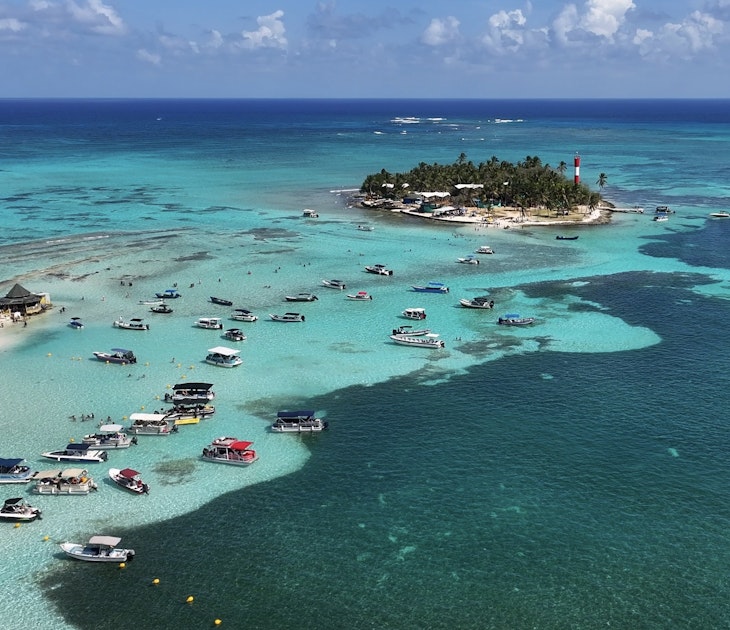
First-timers guide to snorkeling and scuba diving on the Great Barrier Reef

Jul 24, 2024 • 9 min read

Port Douglas, north of Cairns, is one of the best places to access the Great Barrier Reef, but there are many more hubs along Queensland's coast.
A ribbon of color and life providing a habitat for more than 9000 marine species, the Great Barrier Reef is an Australian icon. Despite increasing threats to its survival, the world’s largest living organism – stretching along the Queensland coast for over 2300km (1429 miles) – continues to dazzle visitors with its surreal underwater scenery from tip to tail.
The sultry northern Queensland city of Cairns is the most famous gateway to the Great Barrier Reef, but there are plenty of other access points and an ever-increasing number of ways to experience this World Heritage-listed wonder and its 2900 individual reefs. Plan your first visit with Lonely Planet’s ultimate guide.
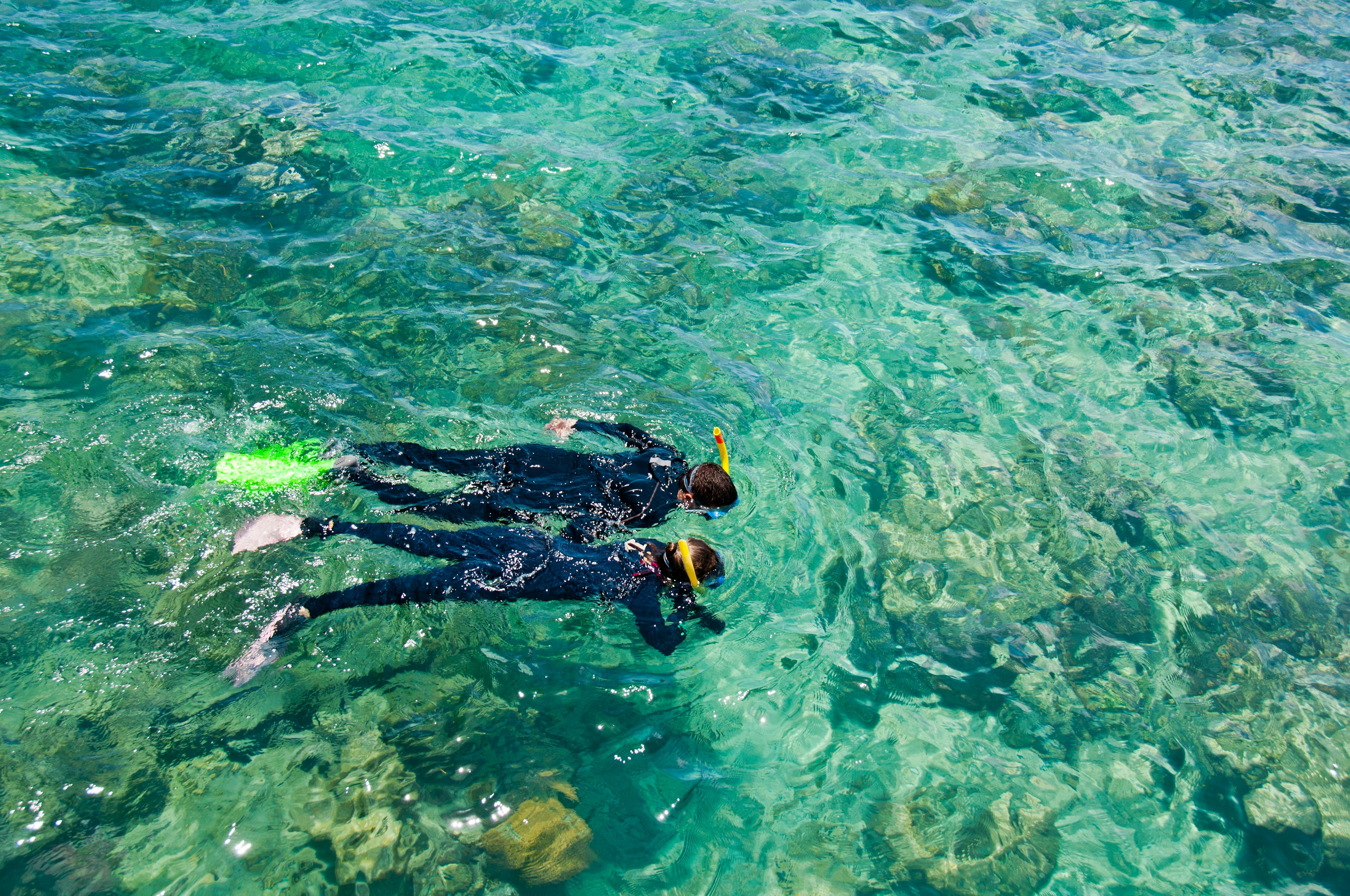
When is the best time to visit the Great Barrier Reef?
The best time to visit the Great Barrier Reef is generally from June to November.
- placement: fullWidth
- path: articles/in-content-top
- possible size: [970, 250], [970, 90], [728, 90], [300, 250], [320, 50], [1, 1],
- targeting:
{ "url": "guide-to-great-barrier-reef", "destination": "Australia", "continent": "Australia-&-Pacific", "country": "Australia" }
From December to March, northern Queensland (north of Townsville) has its wet season, bringing oppressive heat, abundant rainfall and the occasional cyclone – but you will find bargains on reef tours and accommodation. Stinger (jellyfish) season is between November and May, with Lycra stinger suits provided to snorkelers and divers for protection.
However, anytime is generally good to visit the Whitsundays (usually accessed from Airlie Beach) and the southern Great Barrier Reef (from Great Keppel Island near Yeppoon, south to Lady Elliot Island). Nature’s calendar is useful for timing your trip, with key events including the whale migration (during the winter months of June to October), turtle nesting and hatching (November to April, which is spring to autumn time in Australia) and coral spawning (a few days per year between November and December). Manta rays are particularly abundant around Lady Elliot Island in the Australian winter.
How much time do I need to see the Great Barrier Reef?
You can experience the Great Barrier Reef in as little as half a day from most land-based hubs along Queensland's coast, but you’ll need a full day to experience the outer reef, home to more impressive diving and snorkeling spots.
Liveaboard dive boats visit the most spectacular reefs; most depart from Cairns and run for one to seven nights.
Further south, sailing trips in the Whitsundays are another popular way to experience the Great Barrier Reef Marine Park. Standard trips run for two nights/three days and include snorkeling stops and optional introductory dives.
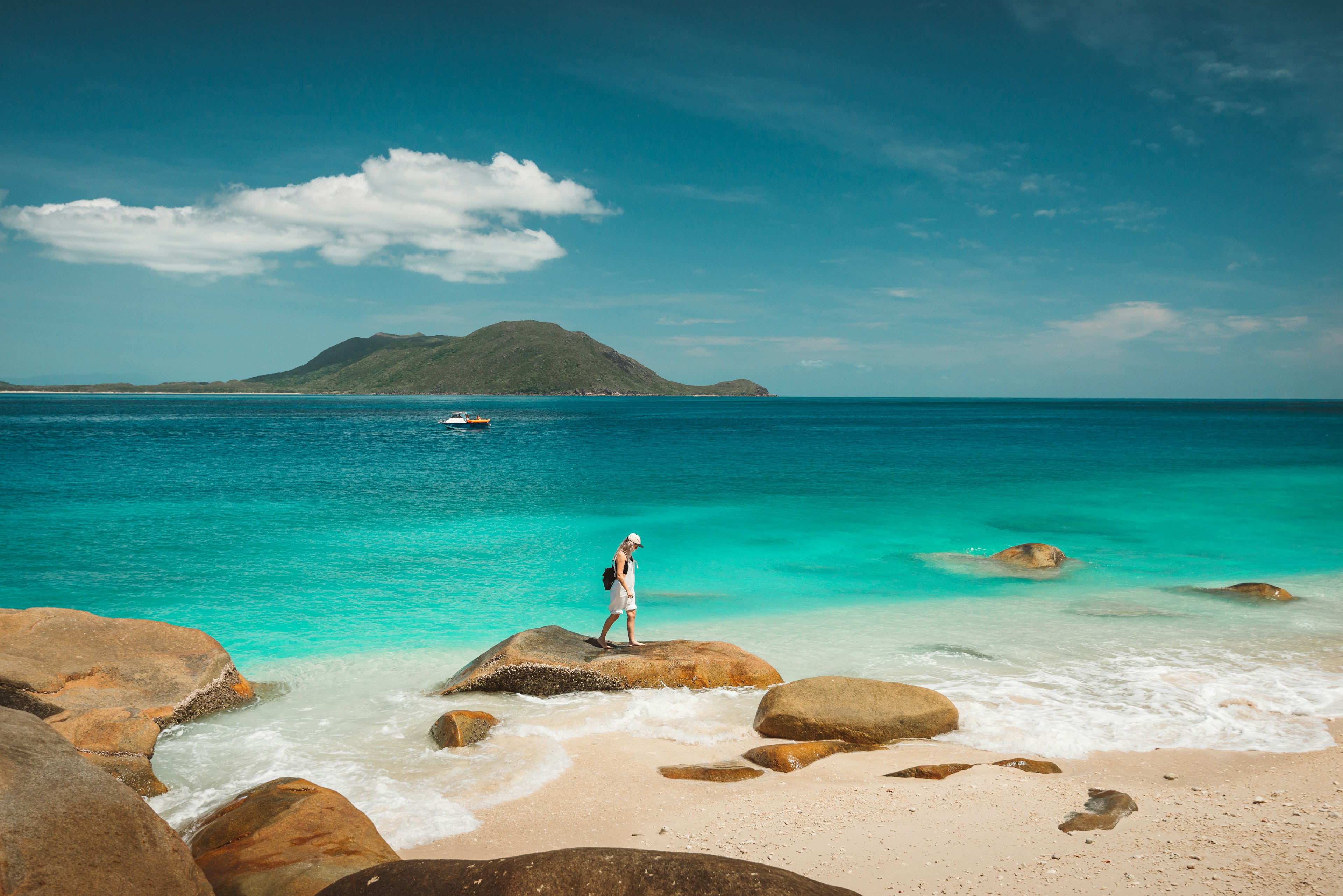
Can I stay on the Great Barrier Reef?
It’s possible to stay on many of the reef’s 1050 islands and coral cays. Wake up with the reef on your doorstep at an island-resort base such as Lizard Island (accessed by plane from Cairns), Green or Fitzroy Island (accessed by boat or ferry from Cairns), the Whitsundays (fly to Hamilton Island or take a ferry from Airlie Beach), Heron or Wilson Island (accessed by barge from Gladstone) or Lady Elliot Island (accessed by plane from Bundaberg, Brisbane or the Gold Coast), to name a few.
You can also stay in pontoon-based accommodation managed by Cruise Whitsundays and Lady Musgrave Experience (operating from Bundaberg).
Is it easy to get to the Great Barrier Reef?
Cairns and the nearby resort town of Port Douglas are the main launching pads for reef tours, with myriad operators offering everything from half-day trips on large boats to intimate multi-day luxury charters. Cairns has an international airport, with transfers available to Port Douglas.
South of Cairns, reef tours also run from Mission Beach, Townsville, Airlie Beach and the Whitsundays, Bundaberg, Mackay, Yeppoon, Gladstone, Agnes Water and the town of 1770, and Bundaberg. Most of these hubs have domestic airports, and the Spirit of Queensland connects Brisbane to Cairns by rail. It typically takes between 90 and 120 minutes by boat to reach the outer reef. Tours on large catamarans (read: less likely to trigger seasickness) depart from Cairns, Port Douglas, the Whitsundays and Bundaberg.

Top things to do at the Great Barrier Reef
Diving and snorkeling is a highlight for most visitors to the Great Barrier Reef, but there is a range of other ways to experience this aquatic wilderness.
- placement: fullWidth
- path: articles/in-content-middle
- possible size: [970, 250], [970, 90], [728, 90], [300, 250], [320, 50], [1, 1],
- targeting:
{ "url": "guide-to-great-barrier-reef", "destination": "Australia", "continent": "Australia-&-Pacific", "country": "Australia" }
See the reef without getting wet on a scenic small-plane or helicopter flight from Cairns or the Whitsundays. Non-swimmers can also view the reef from glass-bottom boats, semi-submersibles and underwater observatories at pontoons visited on day trips from Cairns, Port Douglas, the Whitsundays and Bundaberg. Or simply enjoy the island scenery on a Whitsundays sailing tour.
On land, Indigenous-guided tours offer a memorable opportunity to learn how Aboriginal and Torres Strait Islander peoples have lived in harmony with the reef for time immemorial, with a rich range of options in Cairns. You can also explore the reef with Indigenous guides on a day trip with Cairns-based Dreamtime Dive and Snorkel.
Cairns and Port Douglas are also great bases for visiting the lush Daintree Rainforest. At the southern end of the reef, learn about sea turtles at Bundaberg’s excellent Mon Repos Turtle Centre, then join a ranger-led tour (November to March) to see green and loggerhead turtles nest or hatch.
Where's the most child-friendly place to stay at the Great Barrier Reef?
Many families gravitate to the abundance of family-friendly resorts and reef tour options in Cairns and Port Douglas. In the Whitsundays, Hamilton Island and Daydream Island Resort offer family-friendly island bases, and Airlie Beach has a wide range of caravan parks for road-tripping families.
Many boat trips to the outer reef visit family-friendly pontoons including Reef Magic opened near Cairns in 2022. Here nervous snorkelers can view fish without letting go of the platform, or stay dry and experience the reef via the semi-submarine, glass bottom boat, and underwater observatory.
How much money do I need to experience the Great Barrier Reef?
A standard day trip to the outer reef including snorkeling gear, lunch and glass bottom boat tours (if available) costs between AUD$200 to AU$350 per adult, with family rates usually available. Scuba dives can typically be added for an extra cost (budget from AUD$200 for two dives). The best deals are usually scored in Cairns, home to a wider choice of operators.
Half-day trips to the inner reef are a great way to save time and money. Some of the best snorkeling spots visited on half-day trips include Mackay Reef off Cape Tribulation (offered exclusively by Ocean Safari) and the Low Isles off Port Douglas (Reef Sprinter currently offers the cheapest tour).
One of the most affordable ways to stay on the reef is to camp on islands in Great Barrier Reef national parks including Capricornia Cayes National Park, Fitzroy Island National Park, and Whitsunday Islands National Park. The camping rate is just AUD$7.25 per night, but the cost of boat transfers can add up.
Where is the best diving and snorkeling on the reef?
There’s great diving and snorkeling along the reef’s entire length, with a rich diversity of corals, clams, tropical fish, turtles, rays, sharks and other critters commonly spotted from tip to tail. While the corals are more vibrant northward of Townsville, the slightly cooler southern Great Barrier Reef is generally less prone to coral bleaching. It’s also a particularly good place to see manta rays.
To access the most exquisite sections of the outer reef (including the Ribbon, Osprey, Milln, Bougainville and Holmes reefs) sign up for a liveaboard trip from Cairns. Some of the nicest reefs visited on day trips include Agincourt Reef (off Port Douglas) and John Brewer Reef (off Townsville). John Brewer Reef is also home to the Coral Greenhouse, part of an underwater installation series known as the Museum of Underwater Art.
Closer to Townsville, the century-old SS Yongala is widely considered to be one of the world’s top wreck dives.

Can I get scuba certified on the Great Barrier Reef?
The main learning centers are in Cairns, with open water courses offered by outfits like ProDive Cairns. You'll get two days of pool and classroom training followed by two days of reef diving on day trips or three days of diving on a two-night liveaboard trip.
- placement: native
- path: articles/in-content-native
- possible size: [f, l],
- targeting:
{ "url": "guide-to-great-barrier-reef", "destination": "Australia", "continent": "Australia-&-Pacific", "country": "Australia" }
Advanced courses are hosted on liveaboards.
Isn’t the Great Barrier Reef dying?
It’s no secret that the Great Barrier Reef faces unprecedented threats, with approximately 73% of the 1000 reefs surveyed over the summer of 2023/24 found to be impacted by coral bleaching caused by heat stress. Other threats include coral-hungry crown-of-thorns starfish; cyclones; flooding and land-based run-off; and marine pollution.
While some parts of the reef have not recovered from bleaching events, other sections have bounced back, offering hope for the future of this dynamic ecosystem.
Visitors can help scientists monitor changes on the reef by reporting bleaching and other observations via the Eye on the Reef app. You can also support conservation efforts on a citizen science-based tour offered by the likes of Cairns-based Passions of Paradise.
What should I pack for a trip to the Great Barrier Reef?
Sun protection is vital for a trip to the Great Barrier Reef. Ensure your sunscreen is reef-safe by choosing brands that use physical UV blockers such as zinc oxide and titanium dioxide rather than chemicals such as oxybenzone and octinoxate, which can damage coral.
No matter the weather forecast, pack warm layers and rain gear. And if you plan on doing a lot of snorkeling or diving, bring your own gear to save on rental costs.
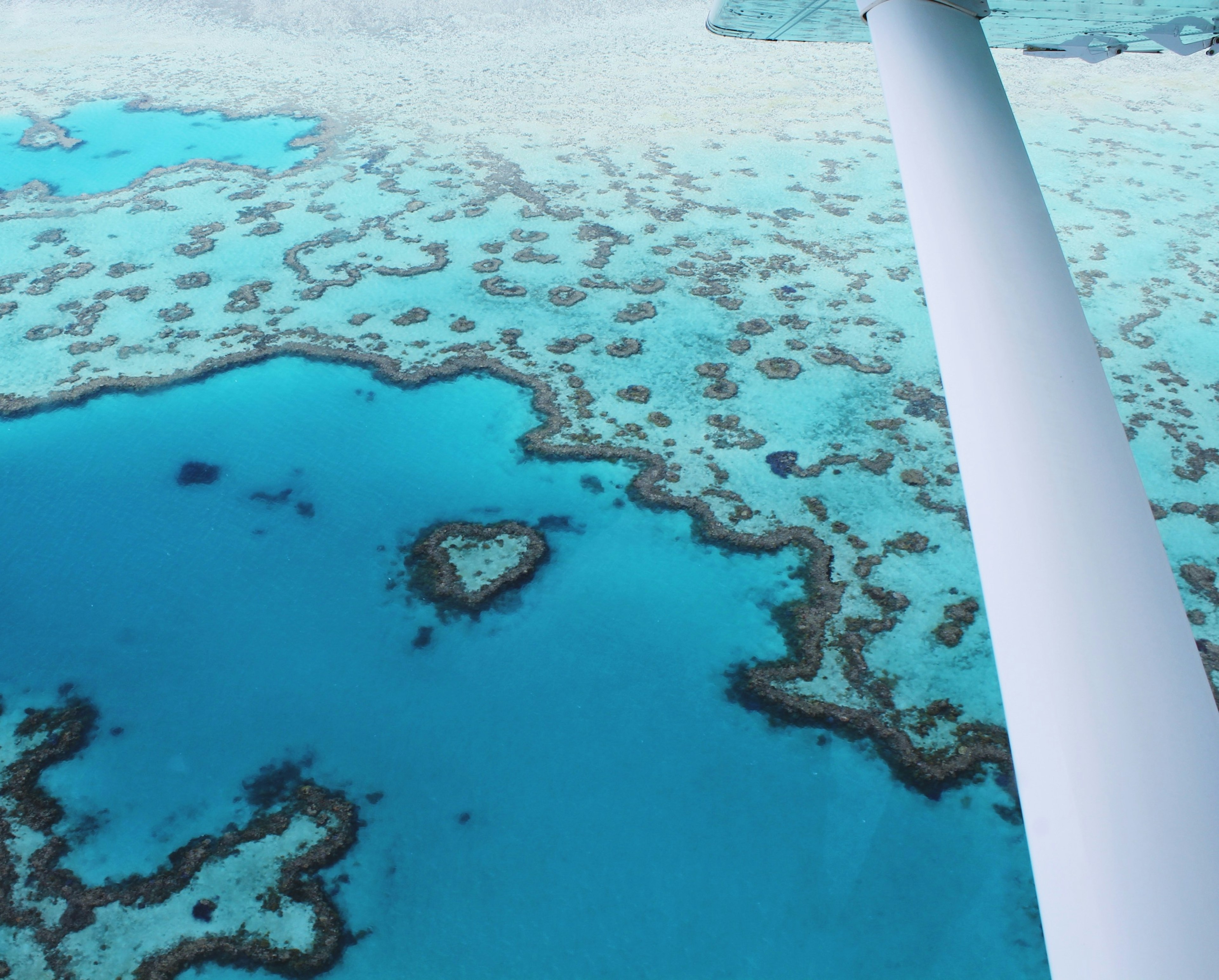
What about accessible travel to the Great Barrier Reef?
The Cairns region offers the widest range of accommodation, reef tours and attractions with wheelchair access, along with support for visitors with vision and hearing difficulties or other needs.
How to stay safe on Great Barrier Reef
Tourism in the Great Barrier Reef Marine Park is tightly managed to prevent injuries to visitors and the reef. Follow safety instructions and avoid touching coral and other marine life.
There have only been a handful of fatal shark encounters on the Great Barrier Reef, and jellyfish stings can be avoided by wearing a stinger suit. Outside stinger season, wearing a rash vest, swim shirt or wetsuit can help you avoid contact with non-life-threatening stinging critters such as sea lice.
It’s rare to find saltwater crocodiles on the Great Barrier Reef, but crocs are present along nearly the entire Great Barrier Reef coast. Be croc-safe and stick to designated swimming areas.
My favorite thing to do on the Great Barrier Reef
I’ve been hooked on the Great Barrier Reef since my first visit to the Whitsundays as a child. Among my favorite experiences was a recent stay on at the reef’s southern tip. Transformed from a barren coral cay to a thriving ecosystem, the island’s relaxed, family-friendly resort runs almost entirely on solar power. I loved getting up early to snorkel with turtles on the house reef, scuba diving with manta rays, and observing rare seabirds that nest on the island.
- placement: fullWidth
- path: articles/bottom
- possible size: [970, 250], [970, 90], [728, 90], [300, 250], [320, 50], [1, 1],
- targeting:
{ "url": "guide-to-great-barrier-reef", "destination": "Australia", "continent": "Australia-&-Pacific", "country": "Australia" }
Explore related stories


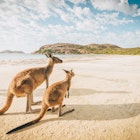


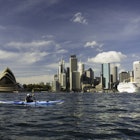
 Water SportsWhy Belize is better for scuba diving than the Great Barrier Reef
Water SportsWhy Belize is better for scuba diving than the Great Barrier ReefMay 21, 2024 • 5 min read



